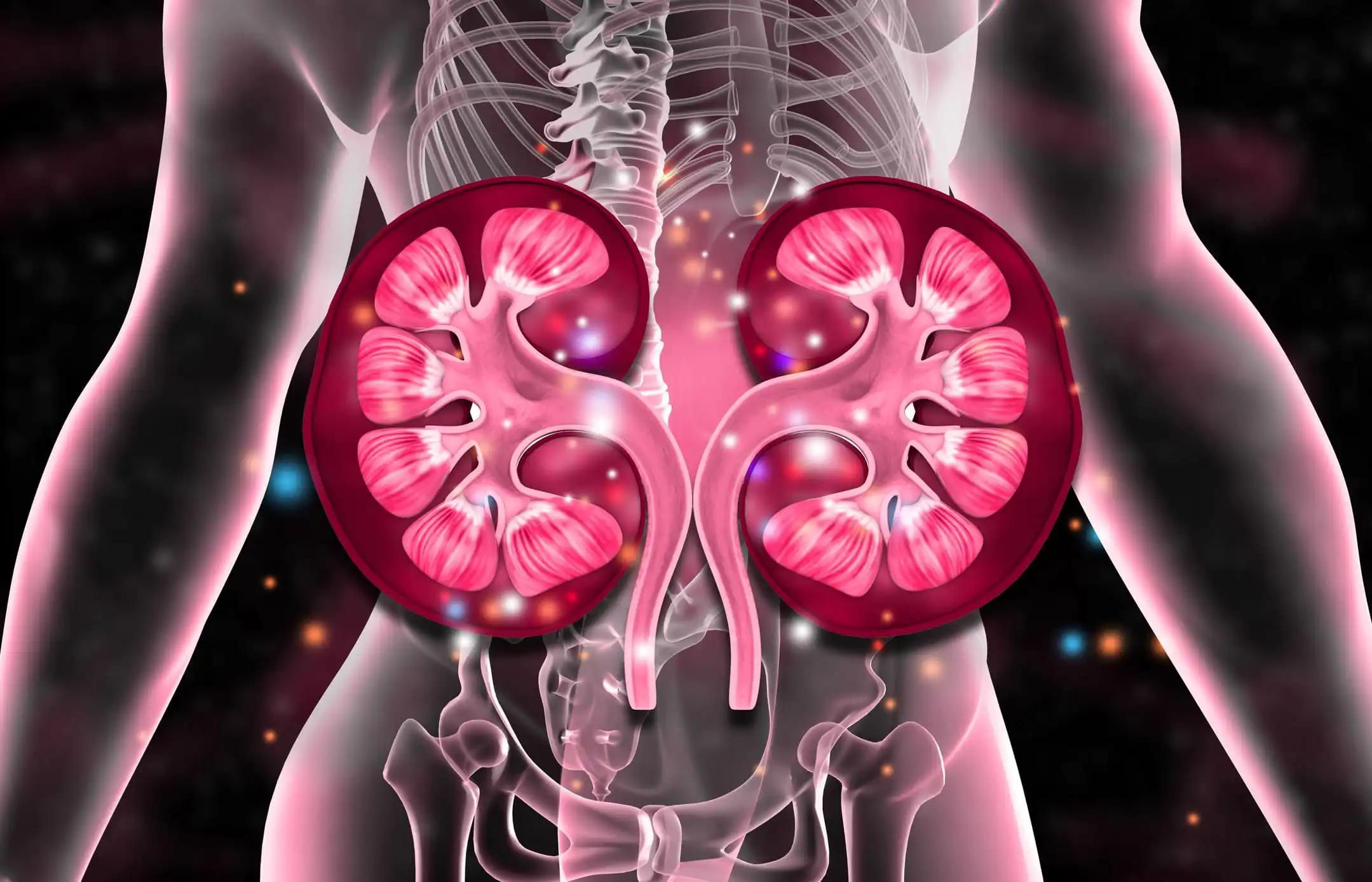KEY TAKEAWAYS
- The DAROL observational trial aimed to assess the real-world safety and effectiveness of DARO in patients with nmCRPC.
- The primary endpoint was safety.
- The study found DAROL effective in real-world settings, with outcomes consistent with ARAMIS and no new safety signals.
In the phase 3 ARAMIS trial (NCT02200614), darolutamide (DARO) notably enhanced metastasis-free survival (MFS) and reduced death risk by 31% compared to placebo in patients with non-metastatic castration-resistant prostate cancer (nmCRPC), displaying a favorable tolerability profile.
Geoffrey Gotto and the team conducted a study that aimed to evaluate the real-world safety and effectiveness of DARO in patients with nmCRPC through DAROL (NCT04122976), reporting findings from the prespecified third interim analysis (IA3).
DAROL is an ongoing, global, open-label, single-arm, non-interventional study involving patients aged 18 years and older with nmCRPC who had decided to be treated with DARO before enrollment.
The primary objective was to assess safety, focusing on the incidence and severity of treatment-emergent adverse events (TEAEs). Secondary objectives include evaluating MFS, overall survival (OS), prostate-specific antigen (PSA) progression, and PSA response.
The prespecified IA3 analysis was conducted when 550 patients completed at least 6 months of treatment (data cut-off: July 17, 2023). Safety assessments were conducted for all treated patients, while effectiveness was evaluated in patients who met eligibility criteria and had at least one post-baseline assessment.
Of 550 treated patients in IA3, 36% were from Europe, 35% from North America, 28% from Asia Pacific, and 2% from Latin America. The median age was 79 years (IQR 73–84), with 48.5% having a Gleason score of 8 or higher and 80.7% having an ECOG performance status of 0 or 1.
The median baseline PSA was 4 ng/mL (IQR 2.3–9.3), with 18.7% of patients having a PSA of less than 2 ng/mL. The median PSA doubling time (PSADT) was 5.3 months (IQR 3.1–8.9), and among evaluable patients, 44.4% had a PSADT of 6 months or longer. The median follow-up time was 16.5 months (IQR 12.5–23.1), and the median treatment duration was 14.9 months (IQR 10.4–20.9).
Incidences of treTEAEs and DARO-related TEAEs were generally low, consistent with results from ARAMIS. At 2 years, OS and MFS rates were 87.6% (95% CI 82.3–91.4) and 78.3% (95% CI 72.7–83.0), respectively. The overall PSA progression-free rate at 2 years was 85.3% (95% CI 79.5–89.5), with 79.4%, 76.0%, and 53.8% of patients experiencing PSA reductions of 30%, 50%, and 90%, respectively, at any time.
The study concluded that in DAROL, outcomes including MFS, OS, and PSA levels indicated effectiveness similar to that observed in the ARAMIS trial, demonstrating its efficacy in a real-world setting. Additionally, darolutamide showed no new safety signals in this study.
The trial was sponsored by the Bayer.
Source: https://www.auajournals.org/doi/10.1097/01.JU.0001009540.33579.43.03
Clinical Trial: https://clinicaltrials.gov/study/NCT04122976
Gotto G, Suzuki H, Luz M, et al. (2024). “THIRD INTERIM ANALYSIS (IA3) OF THE DAROLUTAMIDE OBSERVATIONAL (DAROL) STUDY IN PATIENTS WITH NONMETASTATIC CASTRATION-RESISTANT PROSTATE CANCER (NMCRPC).” Presented at AUA 2024. https://doi.org/10.1097/01.JU.0001009540.33579.43.03 (PD01-03)



